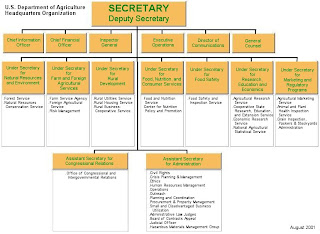My husband recently returned from training on the East Coast
and while I was waiting for him at the Airport, I thought of this
assignment. Airports can be intimidating places with a large volume of travelers constantly passing through. Airports are filled with
people from all over the world making the need for clear information design even more crucial. There
are often people in a hurry who need clear information to assure they get to
where they need to be in a limited amount of time. Aside from being
able to get to your correct gate, there are many other points of interest at Airports. Places to eat, connect to the internet,
purchase souvenirs (just to name a few).
Universal signs are a very important tool to assist travelers with
making everything go as smoothly as possible.
Clear signage begins before you even get inside the Airport. Traffic can get a little crazy and San Diego
Airport does an excellent job with guiding travelers to appropriate drop offs
and parking Inside the Airport there are
very large and colorful signs indicating where each airlines check in gate is. I do not think that the security line is well
labeled though. For example, travelers
must remove their laptop from its case and have it scanned separately. There is no sign to indicate this in advance,
so there are often hold ups do to someone having to go back in line and separate
their laptop from the case. Once through
security, I think that the Airport is very well labeled. There are clear signs directing people to
what they are looking for. The most effective tool is the large
electronic board that lists in alphabetical order all of the arriving and
departing flights. There are large signs
above each terminal to assist travelers as well. I haven’t traveled very much but have found
all of the Airports that I have been to have been very well designed from an
information design standpoint. The
incorporation of universal signs, large and colorful signs and guide maps are
all effective tools.
Below are examples. To reduce confusion and potential for accidents, signs are placed on the drop off cirlce to guide travelers to their intended drop off.
Inside the airpport most of the restaurants have large and colorful signs to attract attention. I noticed that they also had a copy of their menu displayed outside of the restaurant. With people in a hurry, this helps customers make decisions prior to getting inside the restaurant, assuming there is a wait. Thus shaving time off for them.






